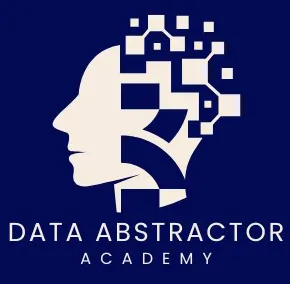FAQ PAGE
How many questions will I be given over the life of this assessment and how many do I need to answer?
Over the course of each 3-month assessment cycle with Data Abstractor Academy, you will be offered 1000 questions. This structure ensures consistent engagement and skill evaluation for data abstractors, accessible through our learning platform.
Can I answer questions in the order I choose?
No. You must answer questions in the order they are presented within the Data Abstractor Academy learning platform. This sequential approach mirrors real-world data abstraction workflows and maintains the integrity of the assessment process.
How much time do I have to answer each question?
You will have five minutes to answer each question. This time allotment is based on analysis of previous abstraction tasks, ensuring it aligns with the practical time constraints data abstractors face when referencing resources in a professional setting.
Do I get multiple attempts to answer a question?
No, you have one attempt to answer each question. Once you submit your answer through the platform, it is final, reflecting the need for accuracy and decisiveness in data abstraction.
What happens if I open a question but do not select an answer?
If you open a question and do not submit an answer, it will be marked as incorrect. This ensures accountability and encourages completion within the allotted time.
What happens if I do not open/view a question?
These questions do not affect your score.
When will I get feedback on each question?
You will receive immediate feedback after responding to each question on the Data Abstractor Academy platform.
When will my question history be available in my Review section and how long will it be there?
Your question history, including answers, rationales, and references, will be available in the Review section after starting the assessment, then available until membership cancelled.
Why do media files (images, audio, video) work better on my desktop?
Media files, such as clinical images or procedural videos, are large and detailed. A larger screen, like that of a desktop or laptop, is recommended for optimal viewing and interaction during the assessment.
